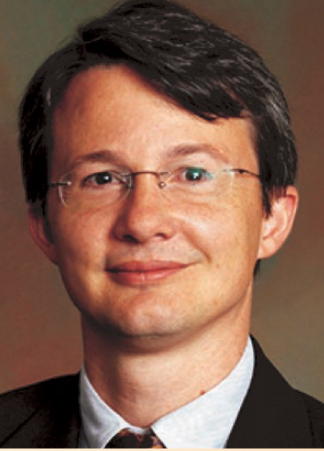Scientists at State
DOI: 10.1063/1.1878332
Steve Fetter is no stranger to government. This year’s American Institute of Physics (AIP) fellow in the State Department is taking a sabbatical from his job as a professor of public policy at the University of Maryland, College Park. Fetter, who holds a bachelor’s degree in physics from MIT and a 1985 PhD in energy and resources from the University of California, Berkeley, focuses on nuclear arms control, nonproliferation, and climate change. “Most of my students go to work for the federal government,” he says. “I think I have 20 former students here at State.”
Among the topics Fetter is involved in are R&D investment strategies to support regional stability and nation-building operations around the world, and the global dialog on such issues as nanotechnology and quantum cryptography. He is in the office of science and technology adviser George Atkinson—who three years ago was AIP’s first State Department fellow.
Last year, AIP sponsored two fellows in the State Department. Edward Whittaker worked in the directorate for defense trade controls, which regulates international traffic in arms. “One thing I did was evaluate technologies,” says Whittaker. “A gun is obviously military. It may not be obvious that an oscilloscope or a camera can be. I also worked on improving communications between the university research community and the State Department.” Whittaker is back on the faculty at the Stevens Institute of Technology in Hoboken, New Jersey.
Fetter’s other predecessor, Carol Christian, now splits her time between outreach and education at the Space Telescope Science Institute and the State Department’s eDiplomacy office, where her responsibilities include geographic information systems and unclassified satellite imagery. “We try to facilitate the adoption of technology in the State Department,” she says. “I raise awareness about how those things can be used for diplomacy and foreign policy, how they fit into people’s job functions.” As examples, Christian cites tracking visa applicants or illegal logging, locating embassies and hospitals—“anything for which a database exists with a location identifier.”

Fetter

More about the Authors
Toni Feder. American Center for Physics, One Physics Ellipse, College Park, Maryland 20740-3842, US . tfeder@aip.org





